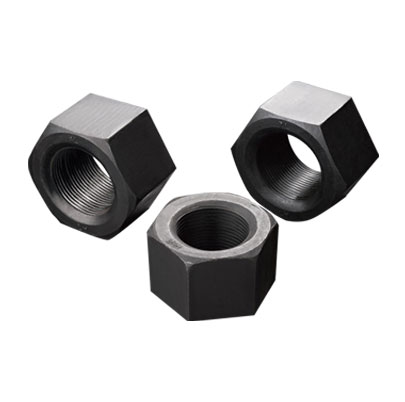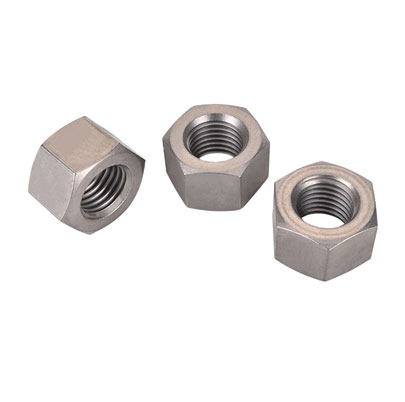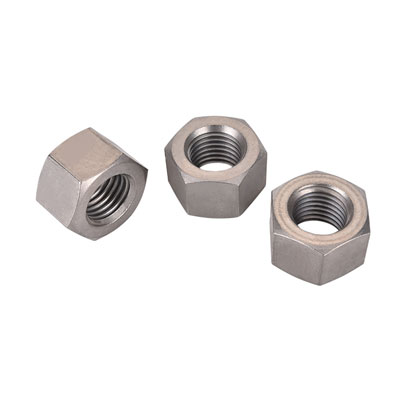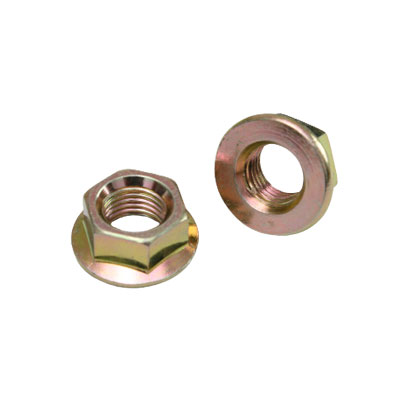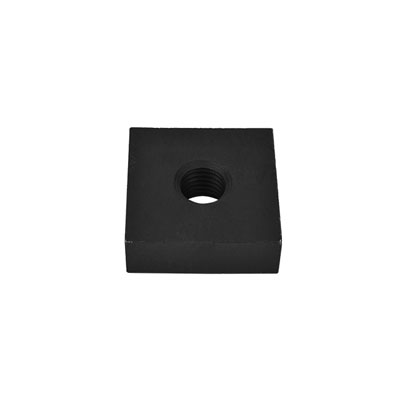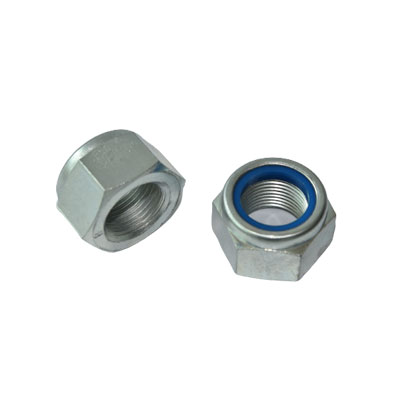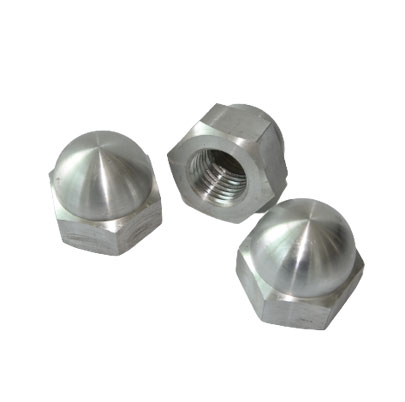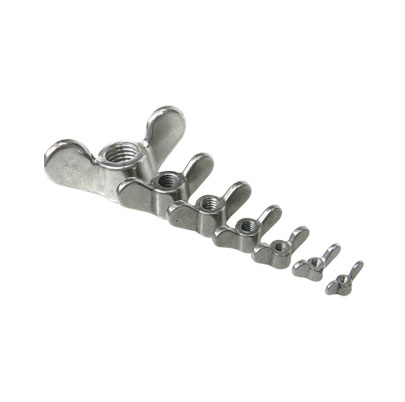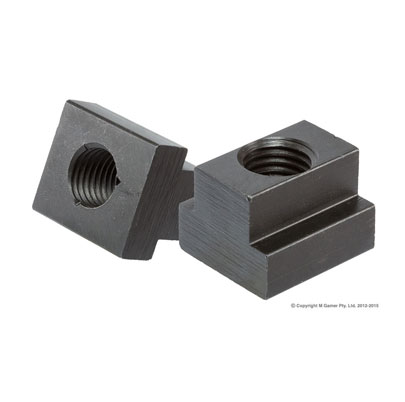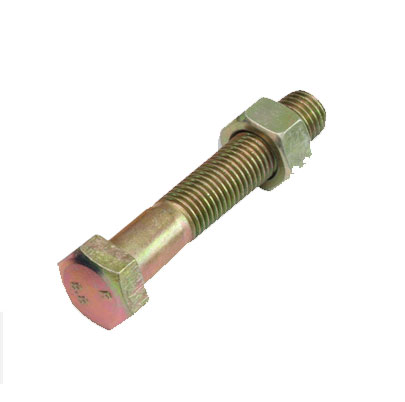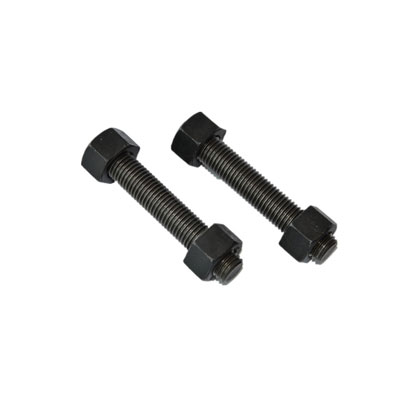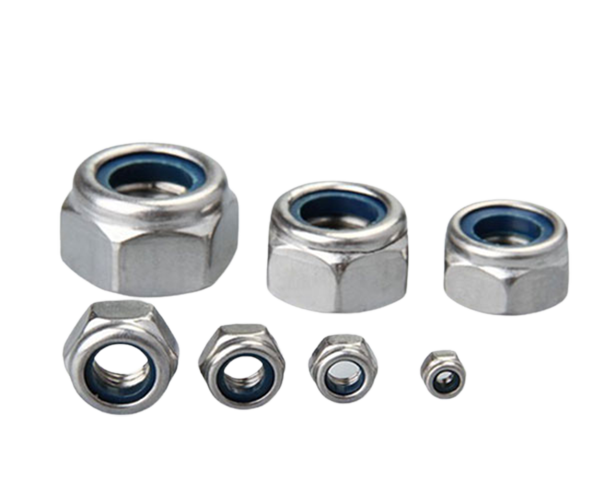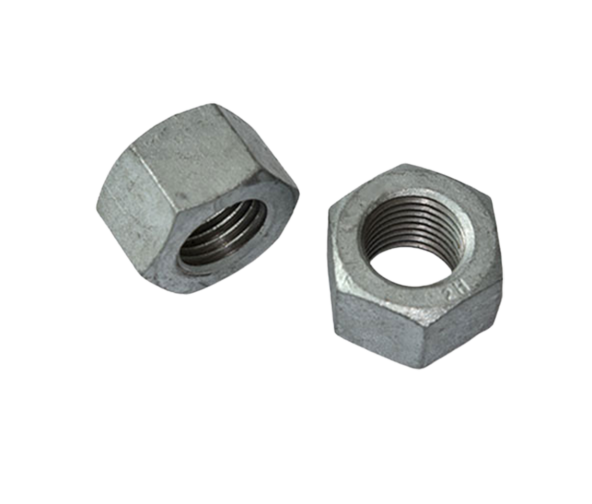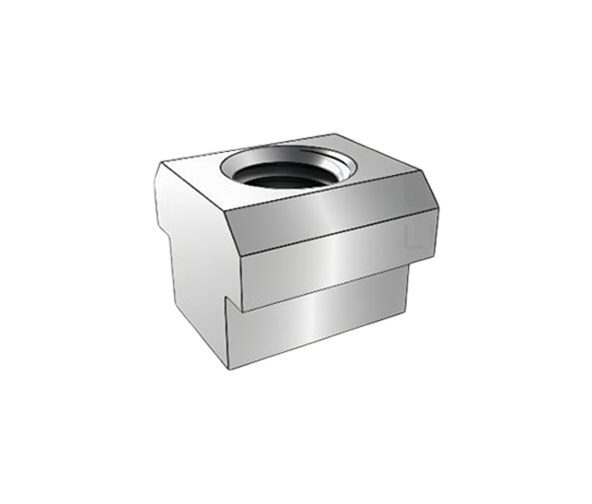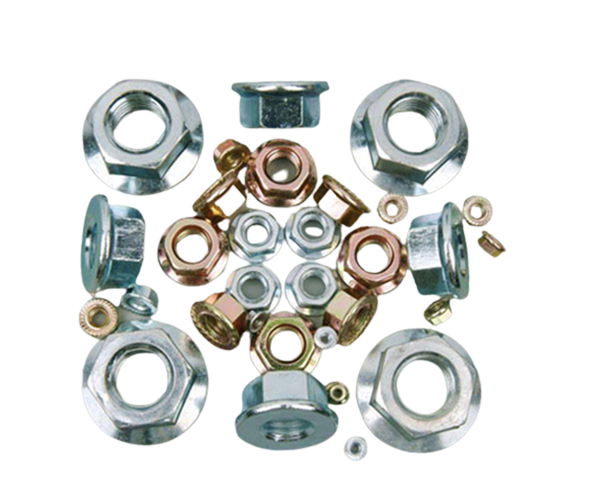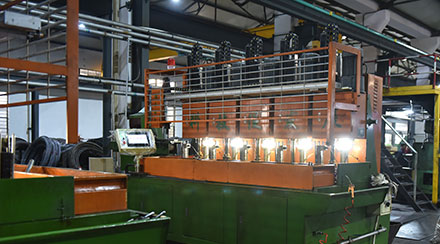Hexagonal locknuts, compared to most people, are probably quite familiar things. For friends in the mechanical industry, they should be even more familiar. They are mainly made of a special engineering plastic that is permanently attached to the thread by extrusion and generates a reaction force after extrusion, increasing the frictional force between the internal and external threads, thus giving it a certain absolute resistance to vibration. Today, let's introduce some related specifications and usage methods of hexagonal locknuts.
Some specifications of the hexagonal locknut
The specifications of hexagonal locknuts may vary depending on the expected application, but some common specifications are as follows:
Material:
Hexagonal locknuts are usually made of steel, stainless steel or brass.
Screw size:
Hexagonal locknuts come in a variety of screw sizes to accommodate different bolts and screws. Common screw sizes include M6, M8, M10, and M12.
Surface treatment:
Hexagonal locknuts can be treated with a variety of surface treatments, such as galvanizing, black oxide coating or ordinary surface treatment.
Height:
The standard height of hexagonal locknuts varies according to the screw size. For example, the height of M6 hexagonal locknuts is typically 6 millimeters.
Hexagon opposite side:
Hexagonal locknut has six sides, and the distance between two opposite flat sides is called the opposite side. This measurement is important for determining the appropriate wrench or socket size to use when tightening or loosening nuts.
Nylon insert:
Hexagonal locknuts have nylon inserts to prevent loosening due to vibration or other external forces. The nylon insert creates friction between the nut and bolt, preventing the nut from rotating.
Strength:
The strength of the hexagonal locknut is measured in terms of their guaranteed load and ultimate tensile strength. The guaranteed load is the maximum load that hexagonal locknuts can withstand without permanent deformation, while the ultimate tensile strength is the maximum load that hexagonal locknuts can withstand before breaking.
Basic knowledge of the hexagonal locknut
Hexagonal locknuts are actually nuts, parts used to fasten bolts or screws together for all production and manufacturing machinery. Hexagonal locknuts are parts that are used to connect machinery and equipment tightly. They can be connected with screws of the same specifications through the internal threads.
Hexagonal locknuts have superior anti-vibration performance: When the thread is tightened, the crest thread pitch of the bolt tightly enters the 30° wedge-shaped inclined surface of the nut and is fixed, and the normal force generated on the inclined surface forms a 60° angle with the axis of the bolt, rather than a 30° angle. Therefore, the normal force produced when hexagonal locknuts are tightened is much greater than that of ordinary standard nuts, and they have great anti-loose and anti-vibration capabilities.
The above content is about the related specifications and usage methods of the hexagonal locknut, and I believe you should have mastered the knowledge about it. In fact, hexagonal locknuts also play a very important role in our lives and provide us with a lot of conveniences, becoming a necessity in our lives.
 English
English
